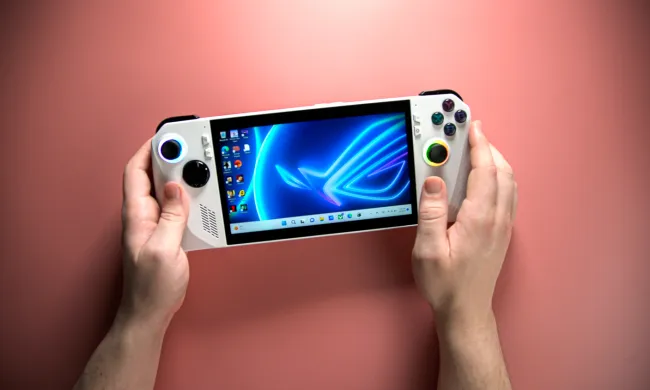
The change occurred as a surprise move on Sunday, November 22. Previously, the latest build had been available through the media creation tool, a software utility designed to help users upgrade through an .ISO download.
This sudden reversal came as a surprise. Microsoft made no announcement beforehand, and the media creation tool has been available with the latest build for only a bit more than a week. Users quickly noticed the change, prompting a brief announcement.
The November update was originally available via the MCT tool, but we’ve decided that future installs should be through Windows Update. People can still download Windows 10 using the MCT tool if they wish. The November update will be delivered via Windows Update.
Yet this blurb only tells us what we already know — it doesn’t do much to explain the reasons.
Pulling the .ISO is not a small decision. It leaves Windows Update as the only source of upgrade. While Update usually works, it’s far from bug-free, and it of course requires a PC with an active Internet connection. Pulling the .ISO bars users from working around Windows Update problems or updating a machine that is, for whatever reason, kept offline.
It also means that users can’t jump-start their update. The latest Windows build is still rolling out to users despite its early November release date, and some had used the .ISO as a way to upgrade “early.” That’s no longer possible.
Well, not quiet. While the Windows media creation tool has been removed from Microsoft’s site, the link pointing to its download file does still work. You can grab it here. The link may be deactivated at any time, or the program rendered inoperable (it’s merely an interface to download the .ISO, no the .ISO itself), so curb your enthusiasm.
Hopefully this is a temporary measure, but even if so, it does nothing to help Microsoft’s confusing stance on Windows upgrades. There’s little transparency to the process, as users are forced to simply wait on Windows Update, which gives no indication when an update should be available. Removing the .ISO will also make matters more difficult for Windows 7, 8, and 8.1 users who are experiencing problems with the official Windows 10 update tool.


